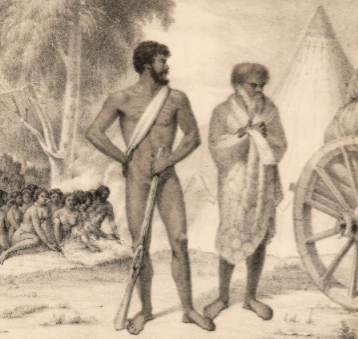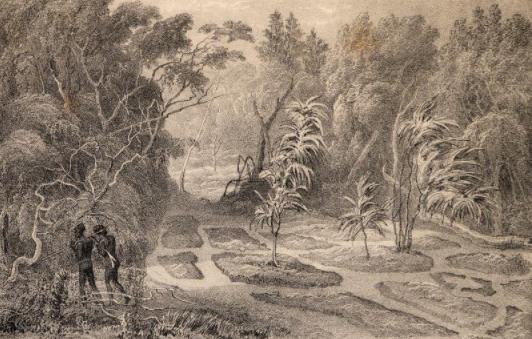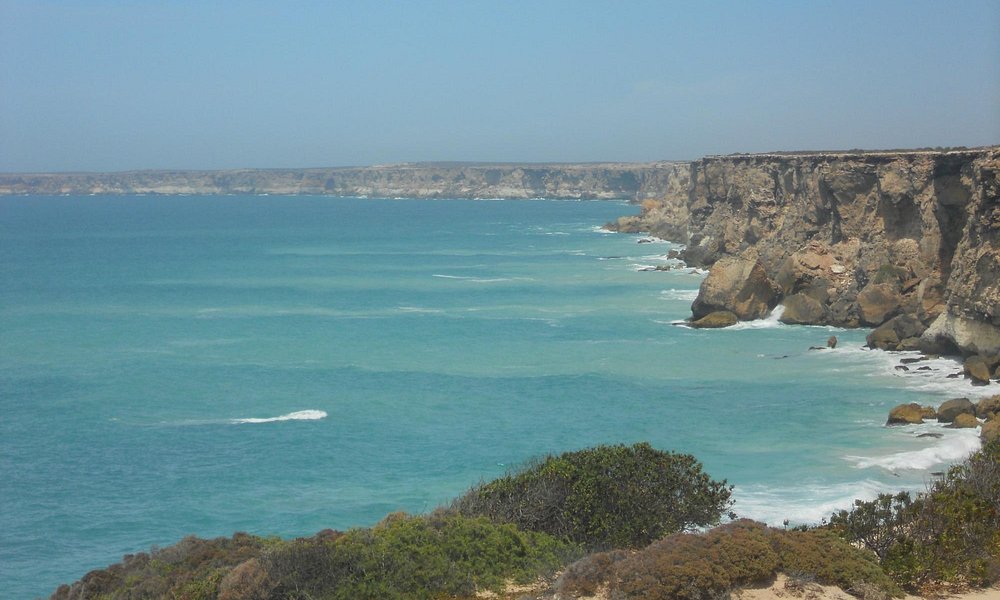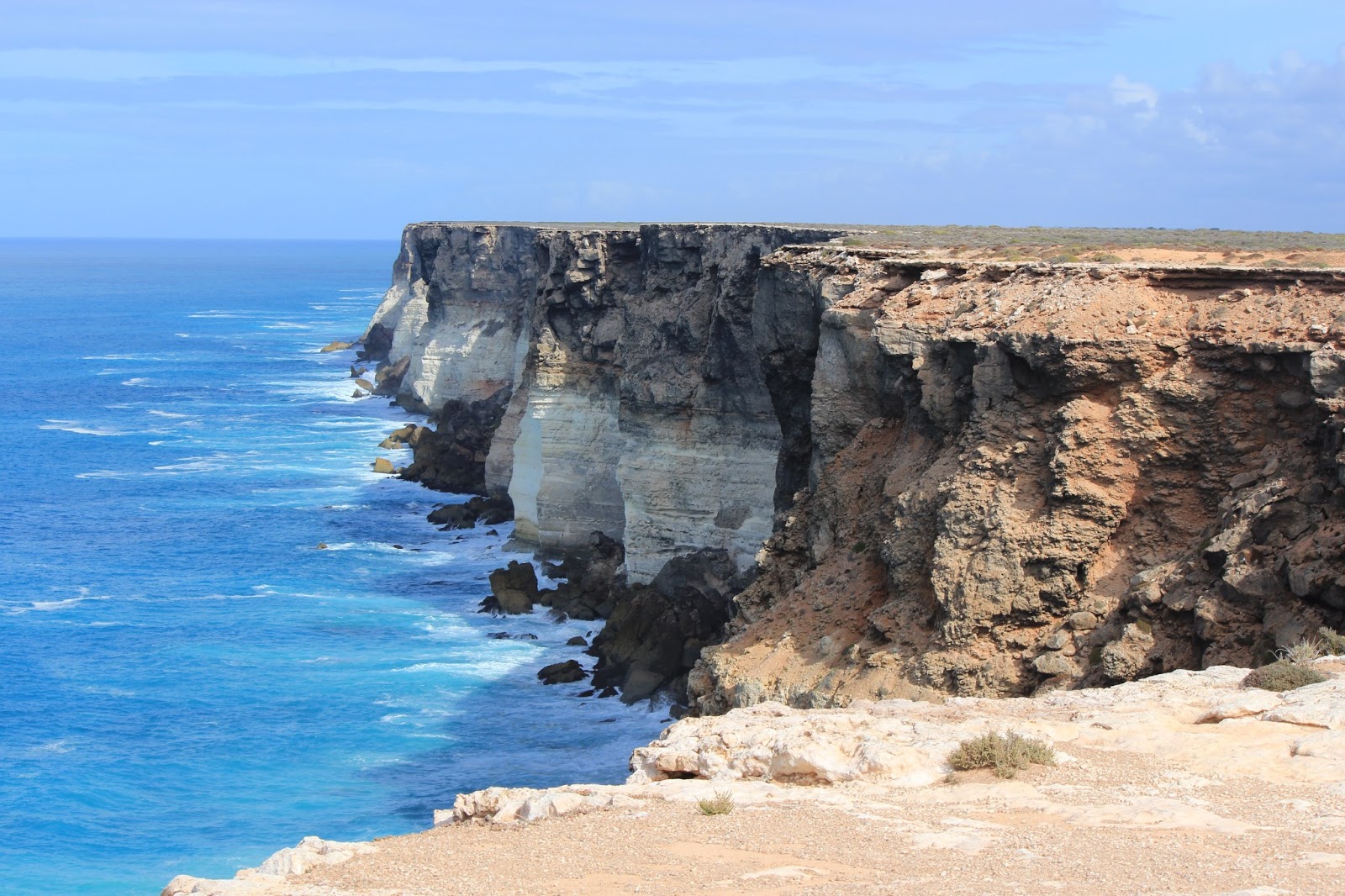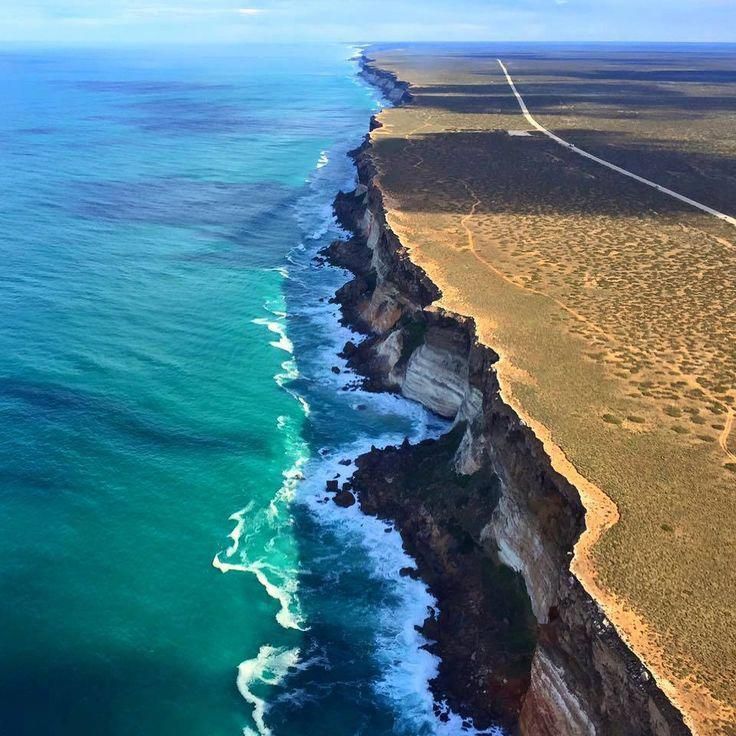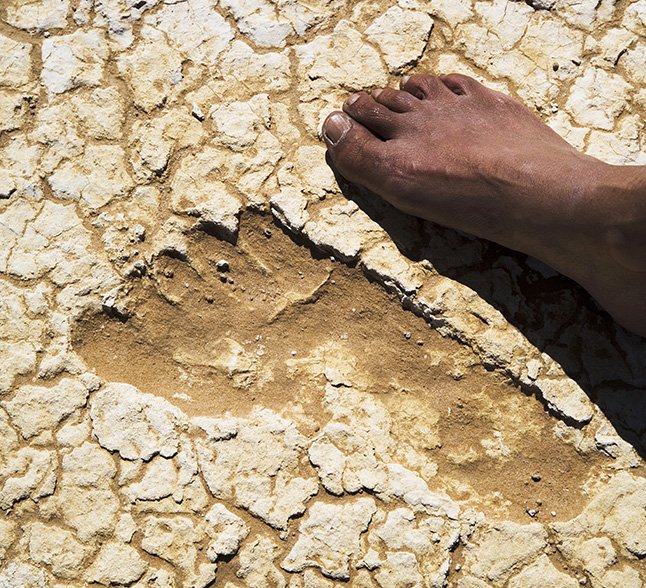
AsianOverland.net
Tour Guide - Itinerary
Asian Overland Sydney to London
Started 22/06/2022 Finished 21/06/2023365 Days ITINERARY
Day 9 date 30/06/2022PORT AUGUSTA to CEDUNA, SOUTH AUSTRALIA
ASIANOVERLAND.NET SYDNEY TO LONDON DAY 9: PORT AUGUSTA TO CEDUNA, SOUTH AUSTRALIA
Port August has been a major crossroad for tens of thousands of years. To the east is Mungo National Park, including Mungo Man and Mungo Woman, at least 41,000 years old.
Mungo footprints within Mungo National Park are at least 20,000 years old, and seemed to walk straight out of the last ice age when they were re-discovered at Willandra Lakes in 2003. The footprints had been exposed before 2003, as local Aboriginal people already knew they were there.
They are the oldest footprints ever found in Australia and the largest set of ice age footprints in the world. Approximately 500 prints have been recorded in more than 25 individual trackways. Most of these are human but there are also marsupial and emu tracks.
Willandra Lakes and Eastern Australia were full of freshwater, tropical plants and animals for most of Aboriginal history, and certainly when Mungo Man and Woman lived, and the Mungo footprints were made.
When the first European, Thomas Mitchell travelled from the east along the Darling River, his wagon wheels left “Mitchell’s Track” in the moist soil. Mitchell’s Track was visible for decades after Mitchell passed through.
To the north east of Port Augusta is Ikara–Flinders Ranges National Park, in South Australia's largest mountain range, the Flinders Ranges. The Heysen Trail and Mawson Trails pass through the park.
The park's Wilpena Pound is a large, sickle-shaped, natural amphitheatre covering nearly 80 km², including St Mary Peak (1,170 metres). On 12 February 2016 the park was renamed to include the Adnyamathanha word, Ikara, "meeting place", the traditional name for Wilpena Pound. The park has Aboriginal rock art sites and a rock formation called the Great Wall of China is located just outside the park.
To the north of Port Augusta are the great lakes, including Lake Eyre, which were full with freshwater and teaming with wildlife during most of Aboriginal history.
To the west is the Nullabor Plain, which has nearly always been desert, like Central Australia, where our first stop is Ceduna, an ideal base for exploring the pristine ocean and rugged coastline from Baird Bay to the Head of Bight and the Bunda Cliffs of the Nullarbor.
Whales are plentiful at the Head of Bight during the winter months, the surfing at Cactus Beach among the best in Australia, and the Gawler Ranges are a comfortable drive inland. The fishing is great all year round.
Smoky Bay and Denial Bay oysters are amongst the world’s finest, grown and harvested in the region’s clean ocean waters and gentle tides. The reality is that the shellfish, oysters and scallops are fantastic all along the Australian coast we have travelled since Sydney, and have been enjoyed by the locals and visitors for tens of thousands of years.
© This work is copyright. Apart from any use permitted under the Copyright Act 1968, no part may be reproduced by any process, nor may any other exclusive right be exercised, without the permission of Peter Searle, peter@portseavillageresort.com; 1980-2024.
Website built by Justin O’Dea www.webdeveloperdocklands.com.au


